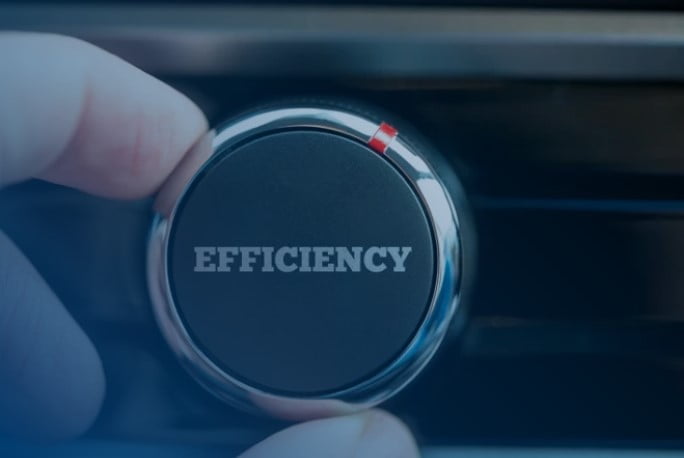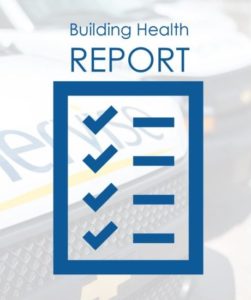The HUD Formula
The US Department of Housing and Urban Development (HUD) has a simple formula for calculating the payback period for commercial HVAC and Building Controls system upgrades. The formula takes into account differences in energy efficiency between the two units, and in order to calculate the costs based on this formula, you will need to have a few pieces of information:
- The annual energy cost of your current system, based on actual costs incurred over the last 12-month period.
- The energy cost for your proposed system (request this from your HVAC company when getting a quotation for the new system.) This may be a complex formula, depending on the complexity of the system, and the number of fuel types, etc. that are used, so it is best left to the professionals to calculate weather adjusted data accurately.
- The cost of the upgraded HVAC or Building Management system.
Once you have this information, calculating the simplified payback period is relatively simple:
- Subtract the energy usage of the proposed unit from the existing unit to calculate the annual energy savings expected.
- Divide the quoted cost of the upgrade by the annual savings, to determine how long it will take for the savings on utilities to cover the costs of the upgrade.
The HUD formula will give you a raw indication of the payback period for your equipment upgrade, but it probably will not give you the complete picture, and before you present these figures to management for consideration, you will want to consider other costs and factors.
Hidden Costs and Savings in HVAC and Controls Equipment Upgrades
- While the HUD formula for payback period calculation may work well for residential and small commercial facilities, true commercial and industrial HVAC systems will have many associated hidden costs that need to be taken into account. Use data collected over time, and information provided by your HVAC company in their upgrade quote to quantify the following:
- The increase in repair and maintenance costs over time, and the projected costs going forward for your old HVAC system.
- Cost savings during the warranty period for repairs and maintenance.
- Cost savings on emergency repairs (technician callout as well as own employee hours)
- Savings in administrative and customer service employees due to lower tenant or building occupant complaints.
- Non-Financial Savings, such as enhanced productivity, reduced compliance costs, or meeting a corporate goal, to process manufacturing savings.
- OPM (Other people’s Money), by tapping all rebates and incentives available from utilities or tax credits to fund your project.
There are many cost savings that need to be taken into account when you upgrade an HVAC and building control system, depending on the extent of the upgrade and the type of equipment chosen. When you contact a design-build contractor for quotations, it is worth asking them to prepare a detailed proposal that includes an estimate of the payback period they anticipate for your system, and using that as the basis for your calculations. Better yet, ask them for a one-page financial justification with all of the elements mentioned, and real financial indicators like the Net Present Value and Savings to Investment ratio for system upgrades. These ratios will answer questions from your CFO about the lifecycle cost savings, and savings to your operating budget as well as capital costs.




